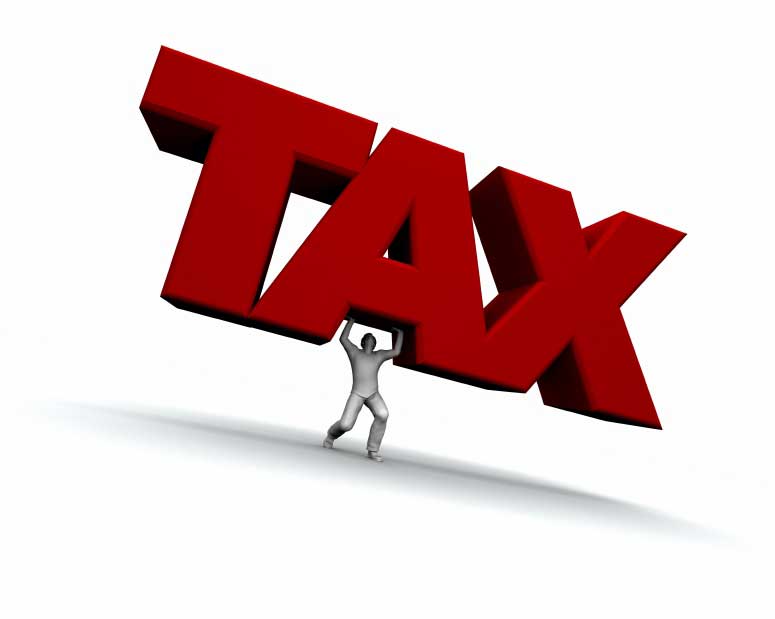How to File Small Business Taxes

When you run a small scale business, you have a moral and legal obligation to file your tax return just like large businesses and corporations do. Filing taxes for a small business is not complicated, but there are some facts that you have to get straight.
Before filing tax, you should see what type of business you are running— whether it is a partnership or a sole proprietorship. Since each type of business requires different forms, it is crucial to check these facts. Despite different forms for each business type, calculations and formulas for filing the return will be the same.
Instructions
-
1
Get your accounting record in order
The first thing you will need to do is gather all the records of your business. Record means your accounting data, which typically includes all the sales and expenses figures. Make sure you have the documented proof of your records, which means all the sales receipts and invoices. Whatever you buy from vendors should be maintained in accounts.
Moreover, tax authorities also like to have a look the canceled cheques to make a better assessment of your tax return. Be sure to keep all the tax filing documents in several copies, as IRS may ask you to produce multiple documents of your accounting record. -
2
Get an EIN
EIN (Employer Identification Number) is crucial. If you have just launched a company, get an EIN as soon as possible. You can get an EIN form online at IRS website.
Although EIN is not required for small businesses, financial institutions, state departments usually require it when you do business with them. -
3
Fill out the form
You can get a tax form for your particular business type from IRS. You do not have to go to IRS office in person, an online form will do. Download the form and print it out for hard copies. In the case of in-home small business, you may be required to fill in the TurboTax Home & Business, which is for sole proprietorship. TurboTax Home & Business tax category usually requires you to produce simple details like overall sales and expenses for that given year.
For sole proprietorship, use Schedule C or form 1040. On the other hand, use form 1065 for partnership tax returns. Use schedule SE of the form 1040 to file self-employment income tax.







